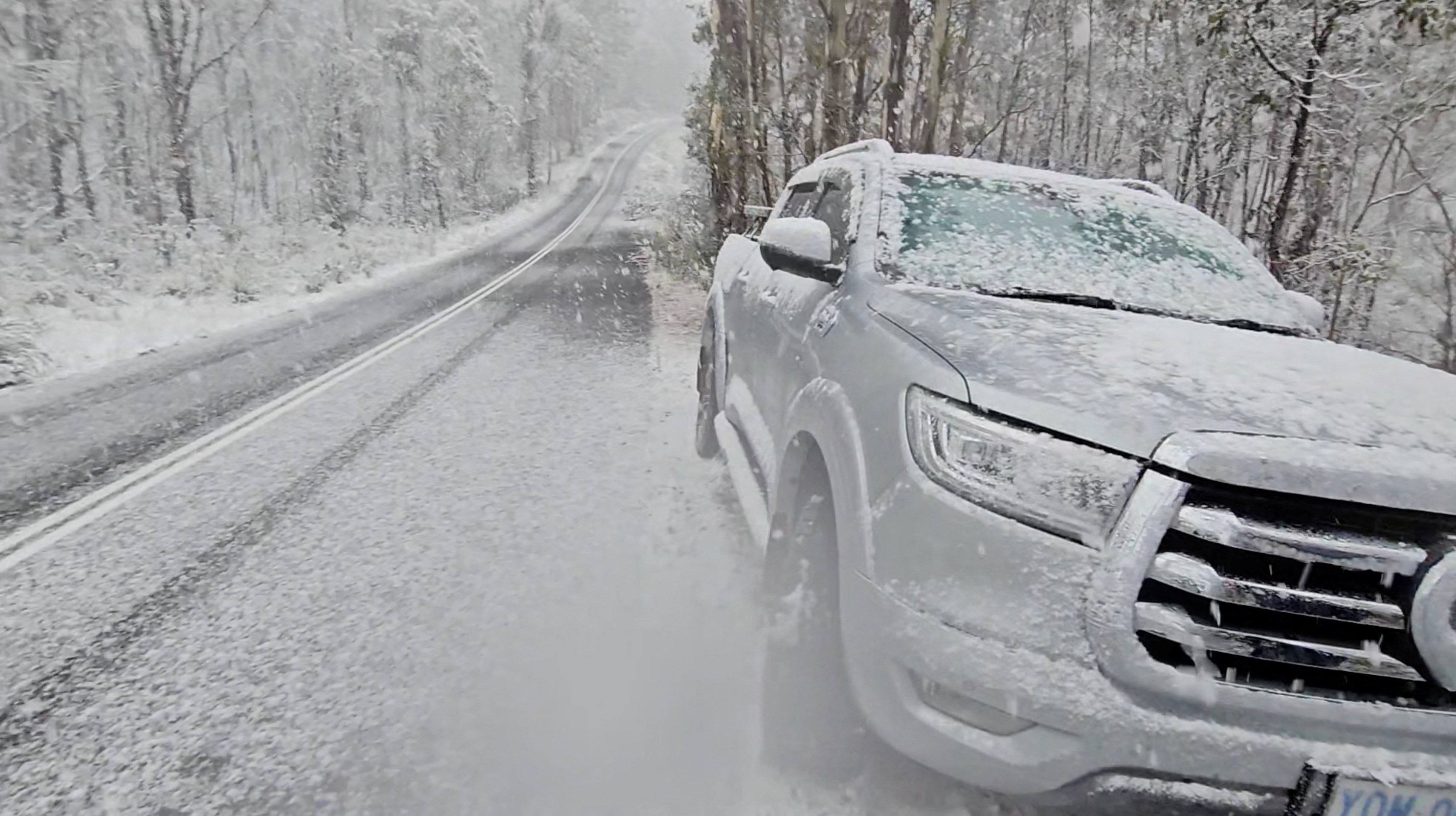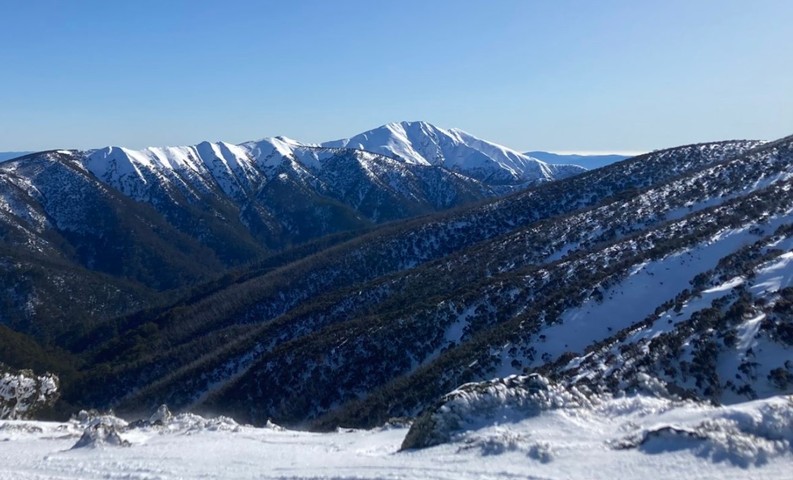Discover the Fascinating Effects of Snow in Australia on Local Ecosystems
Despite its online reputation for sun-soaked landscapes, Australia additionally flaunts regions buried by snow-- a sensation that exceptionally influences the nation's unique communities. The protecting residential or commercial properties of snows secure plants and fauna in the middle of the coldest winters, while the melting snow nurtures rivers and water life. The actual wonder lies in just how these chilly conditions shape the nation's biodiversity and nutrient cycles. As we decipher this detailed partnership, we discover ourselves stepping on unexplored grounds in Australia's high nation.
The Unforeseen Areas of Snowfall in Australia
Although Australia is typically connected with sandy beaches and sun-scorched landscapes, certain regions remarkably experience snowfall. The high country areas of New South Wales, Victoria, and Tasmania are especially recognized for their winter months snow. The Snowy Hills in NSW, for instance, receive abundant seasonal snow, supplying a plain comparison to the nation's typical warm, dry environment. The Victorian Alps and parts of Tasmania likewise see yearly snowfalls, changing the landscape into a winter wonderland. These areas are not just anomalies but essential parts of Australia's diverse climate system. The presence of snow in these regions significantly affects regional environments, ultimately impacting the country's special biodiversity. The certain impact on Australia's unique vegetation will be gone over in the next area.

Exactly How Snow Impacts Australia's Unique Flora
These plants have evolved to survive in severe conditions, with snow serving as a protective covering from severe winds and freezing temperature levels. The snow likewise adds to the dampness web content of the soil, supplying necessary hydration for plant life during the completely dry summer months. In significance, the snow affects the timing of flowering and seed dispersal, the development rates, and the survival of several plant types, showcasing the detailed interaction in between climate and flora in Australia.

The Adaptations of Australian Fauna to Snowfall
Equally as Australia's vegetation has adjusted to the wintery problems, the local fauna as well, display impressive adaptations to the snowfall. Types like the Hill Pygmy-possum, the only Australian marsupial understood to hibernate, have actually advanced approaches to endure in snowy atmospheres. It utilizes the snow as insulation, hibernating in rock holes below the snow to stay cozy. Similarly, the Snow Skink, a varieties of reptile, changes its colour to white throughout winter season, providing camouflage against predators. Birds such as the Snowy Mountains' Crimson Rosella also adjust their diet plans to take in available food sources during chillier periods. Thus, in spite of the rough problems, Australian animals shows a resistant and adaptive nature, guaranteeing their survival in regions experiencing snowfall.
The Duty of Snow in Shaping Local Ecological Communities
In shaping the neighborhood communities, the function of snow in Australia is both multilayered and profound. It affects the More Help circulation of flora and animals, mostly defining the biodiversity of sub-alpine and alpine regions. Snow supplies a vital water source, feeding rivers and tanks as it thaws, thus sustaining a selection of aquatic life types. In addition, snow acts as an insulator, securing ground-dwelling organisms from severe cold. It plays a considerable function in soil formation and nutrient biking. The routine cold and thawing of soil generated by snowfall fosters the break down of rocks, improving dirt fertility. The existence of snow shapes the vegetation patterns, animal behavior, and general sustainability of Australia's special communities.

The Future of Snowfall in Australia: Forecasts and Ramifications

Offered the important role snow plays in forming neighborhood communities, the future of snowfall in Australia is drawing raising interest from environmentalists and researchers. Much less snow could result in minimized water accessibility in towering regions, negatively affecting wild animals habitats and plant life. The tourist market, greatly dependent on the winter season snow period, may also face substantial challenges.
Verdict
The duty of snow in Australia's communities is crucial yet commonly ignored. Thus, the snow in Australia is much more than a natural spectacle; it's a crucial gamer in the country's environmental narrative.
In spite of its credibility for sun-soaked landscapes, Australia additionally flaunts areas buried by snow-- over here a sensation that greatly affects the nation's unique ecosystems. It makes use of the snow as insulation, hibernating in rock crevices below the snow to stay cozy - Does It Snow In Australia.In shaping the neighborhood environments, the function of snow in Australia is both extensive and multilayered. The presence of snow forms the greenery patterns, animal habits, and overall sustainability of Australia's one-of-a-kind ecosystems
Given the crucial function snow plays in shaping regional communities, the future of snowfall in Australia is look at this website drawing boosting attention from environmentalists and scientists.